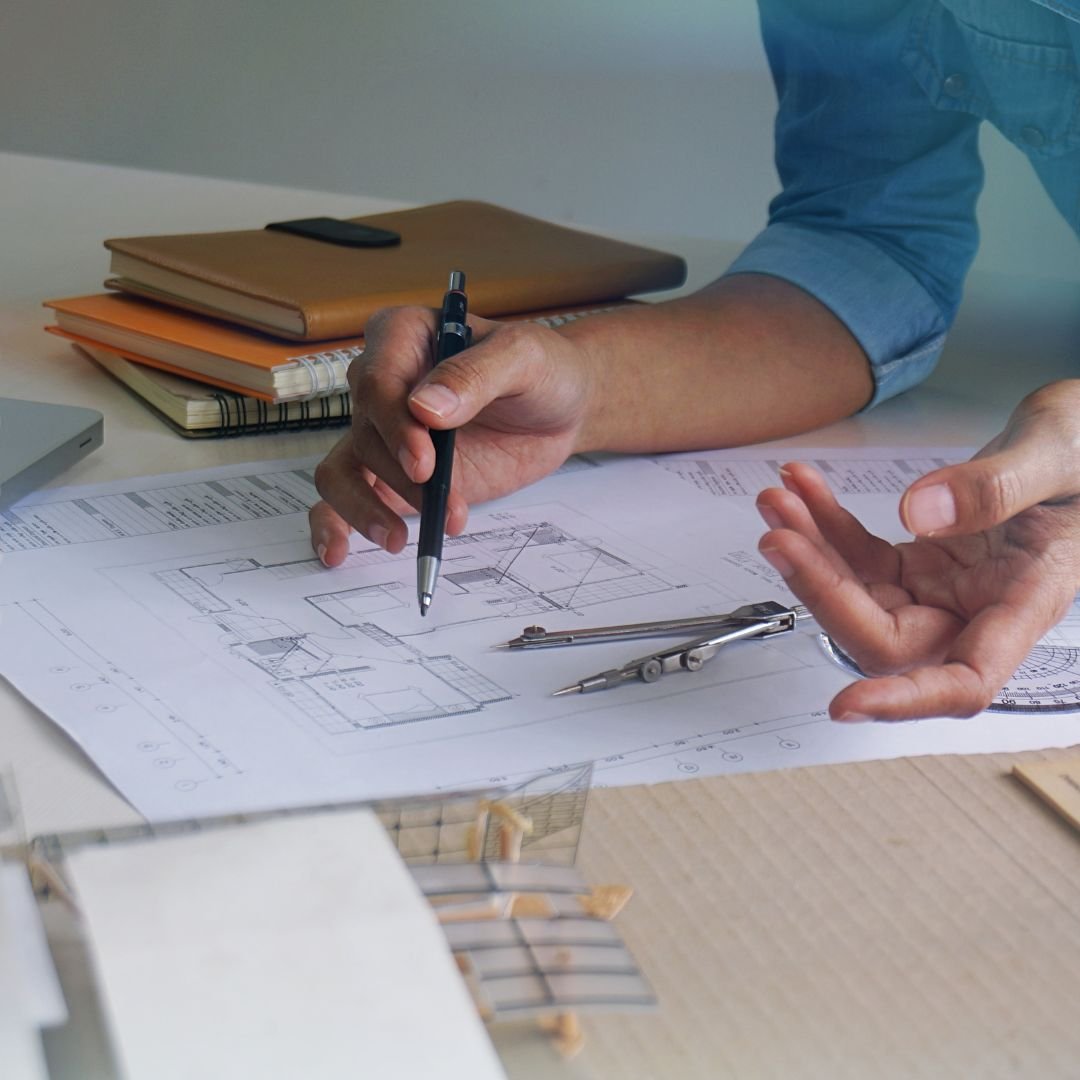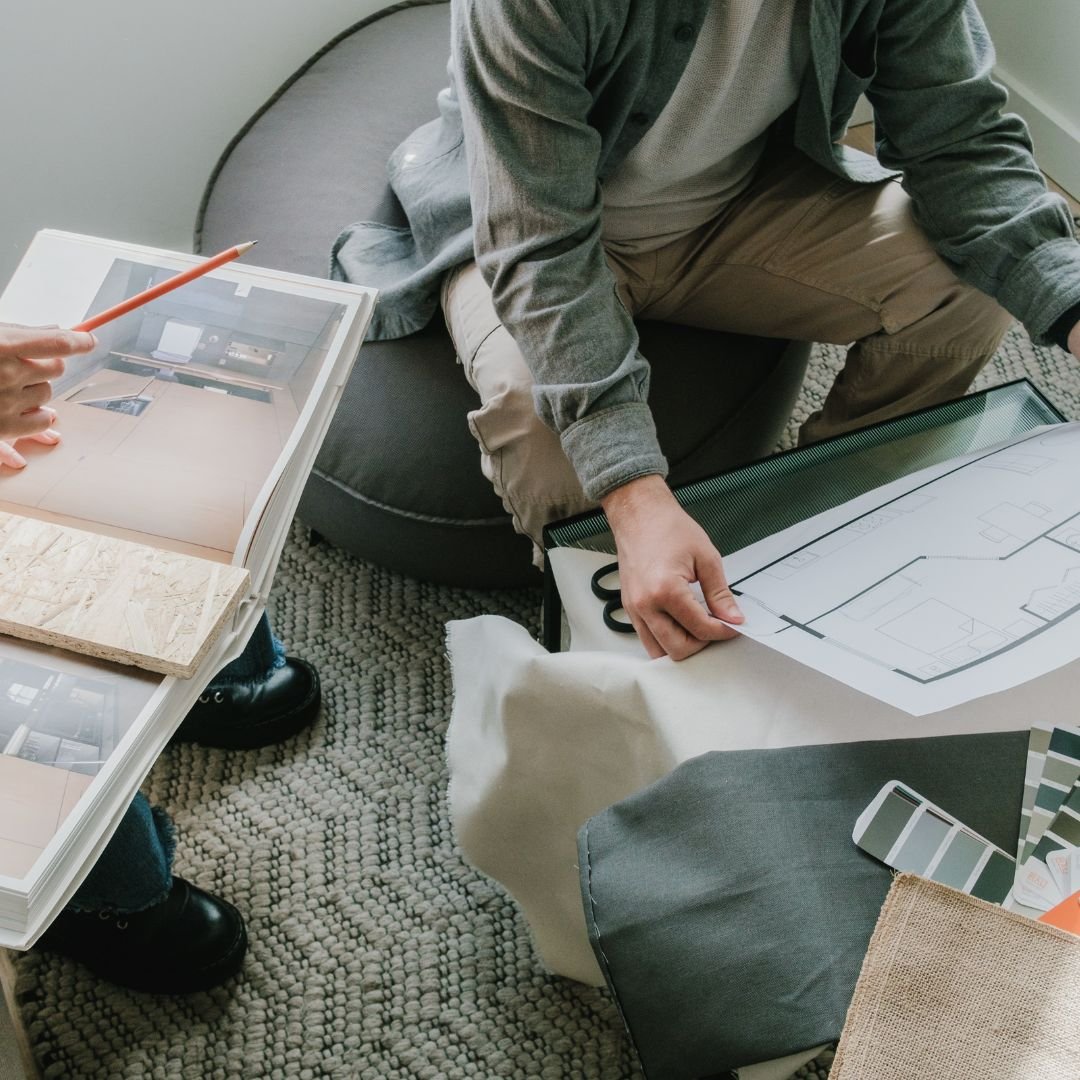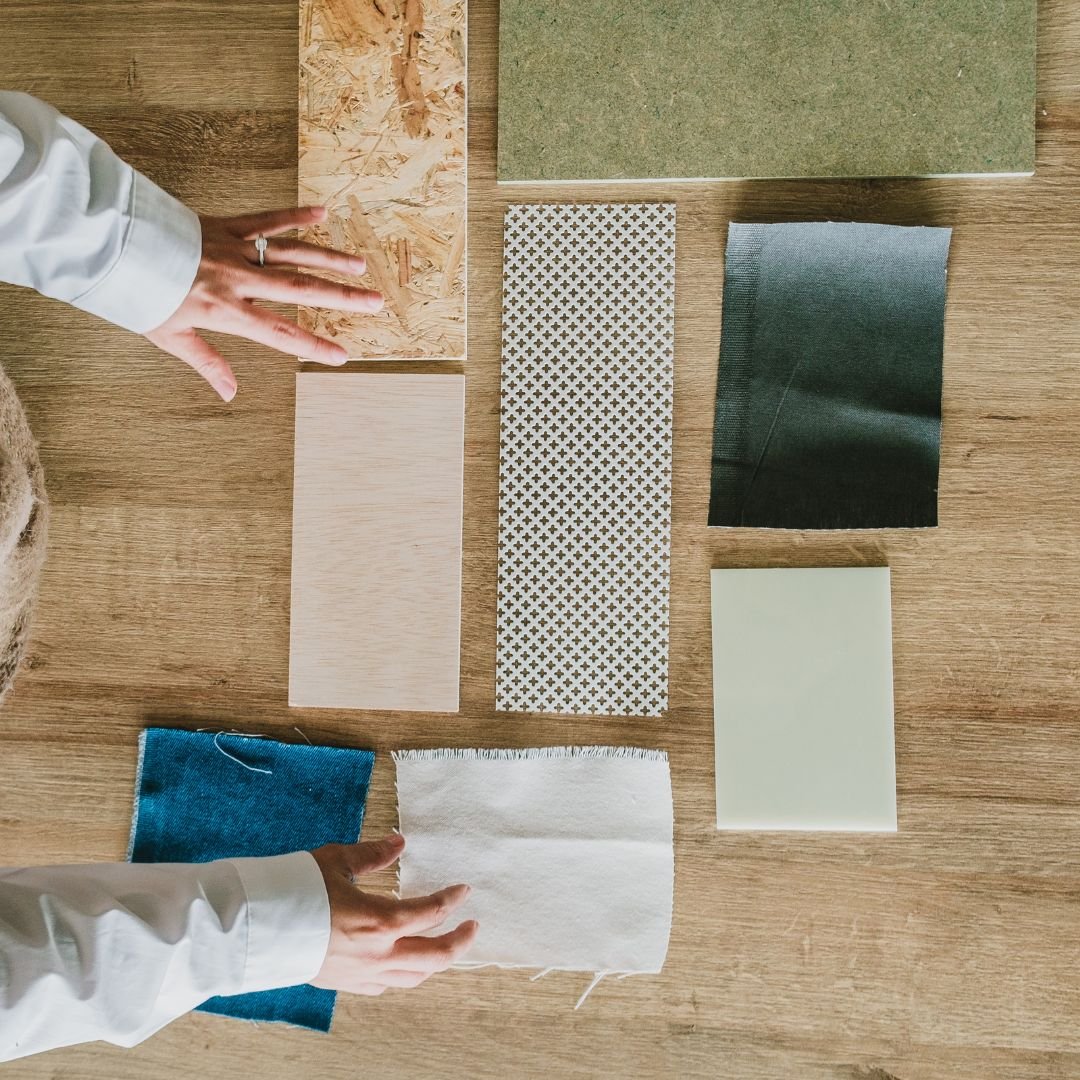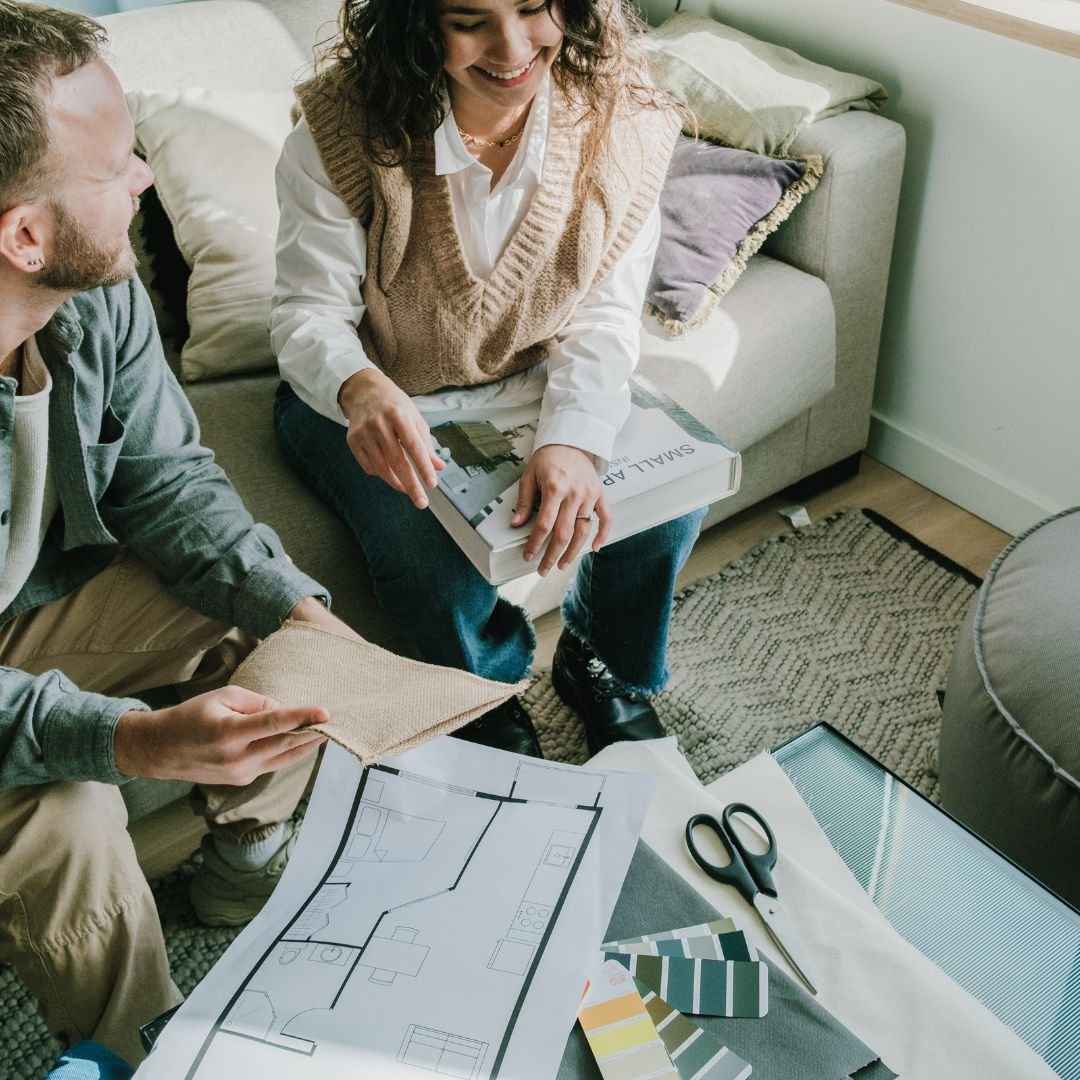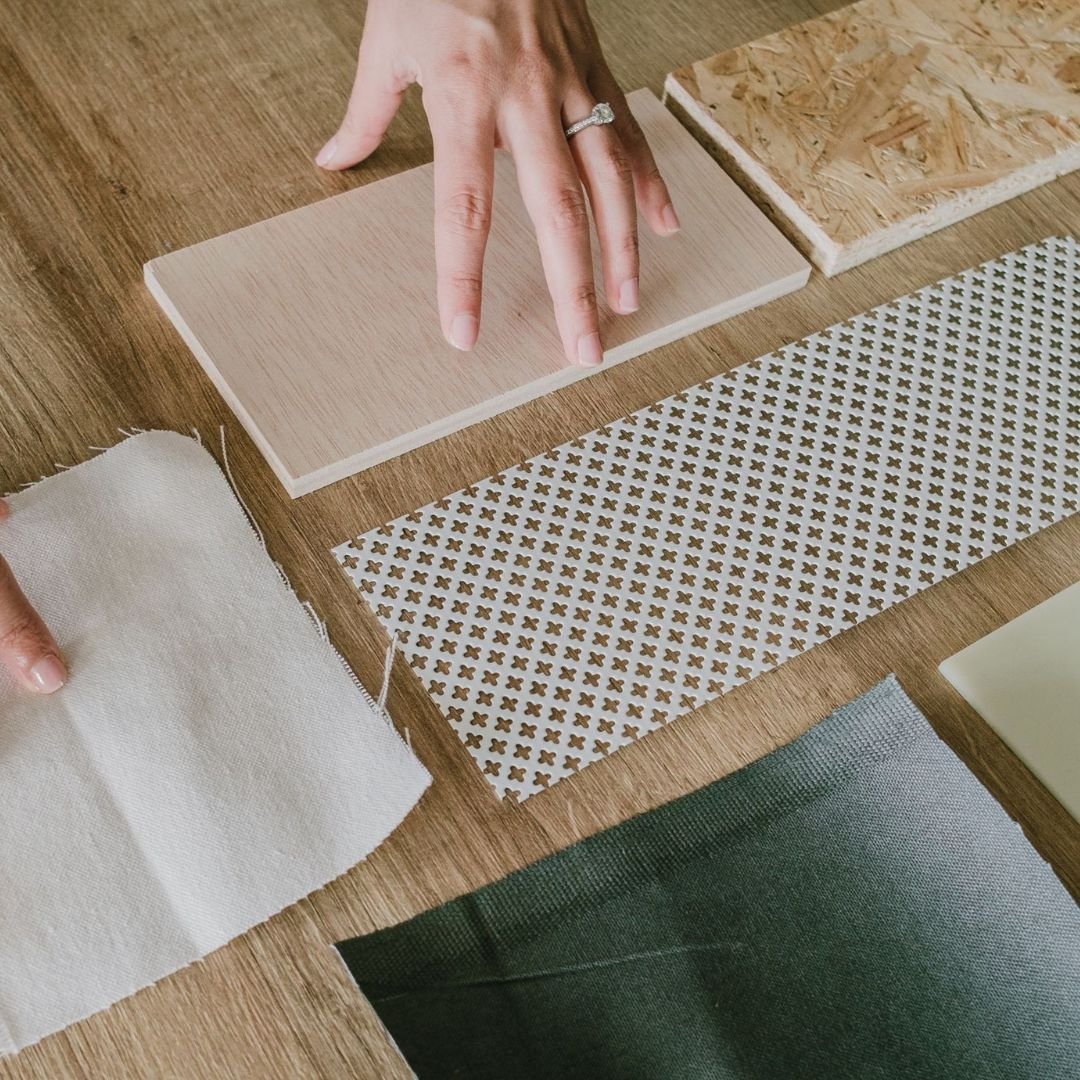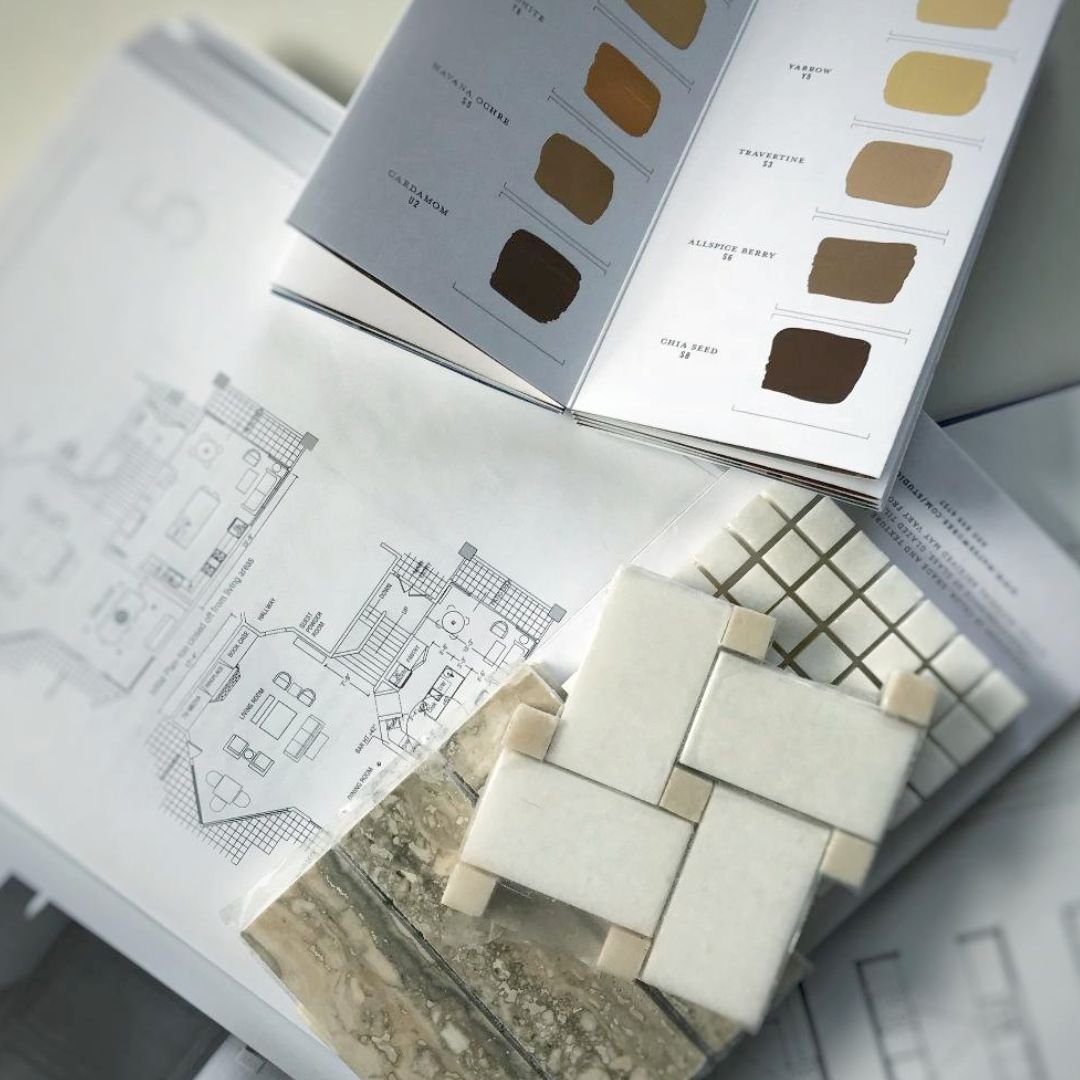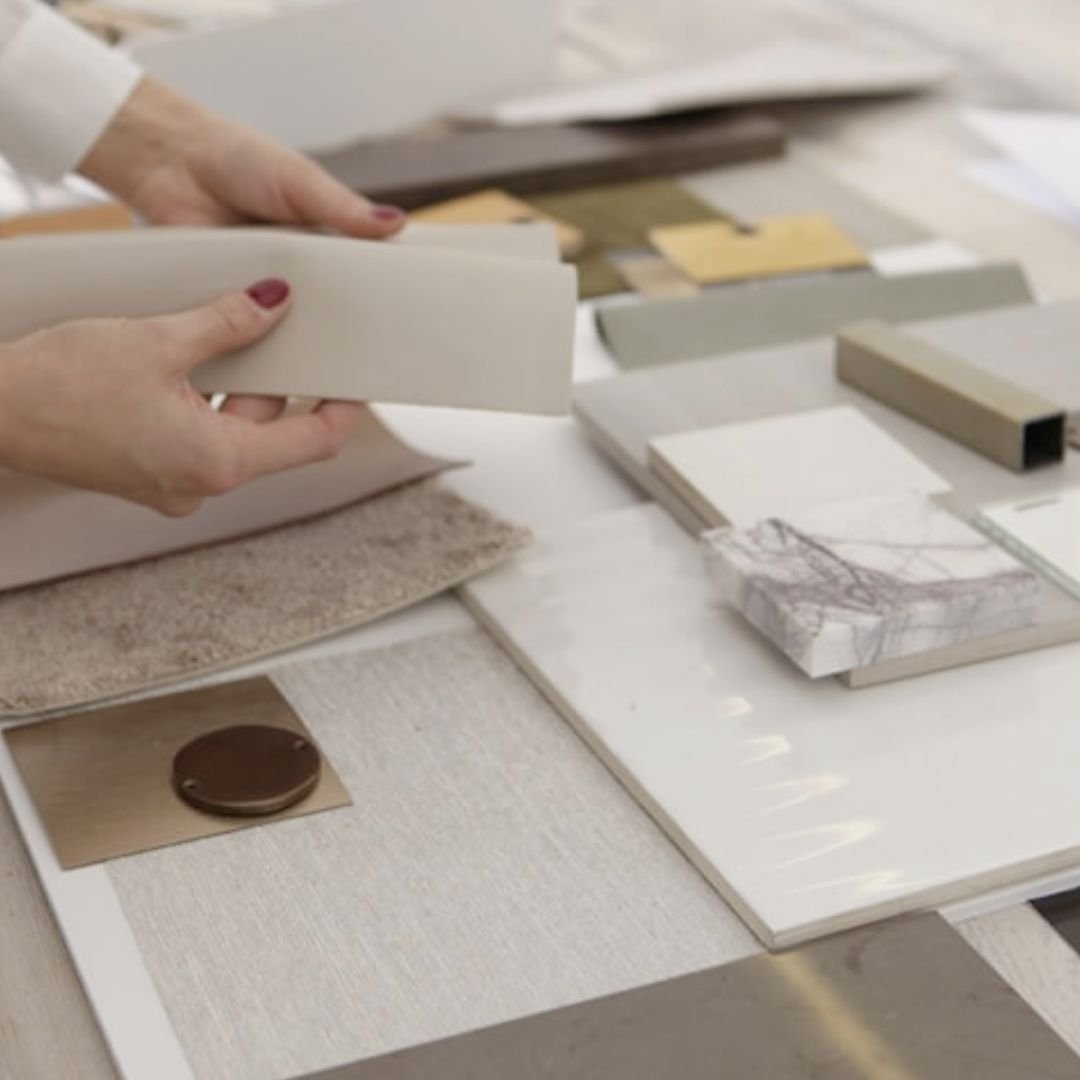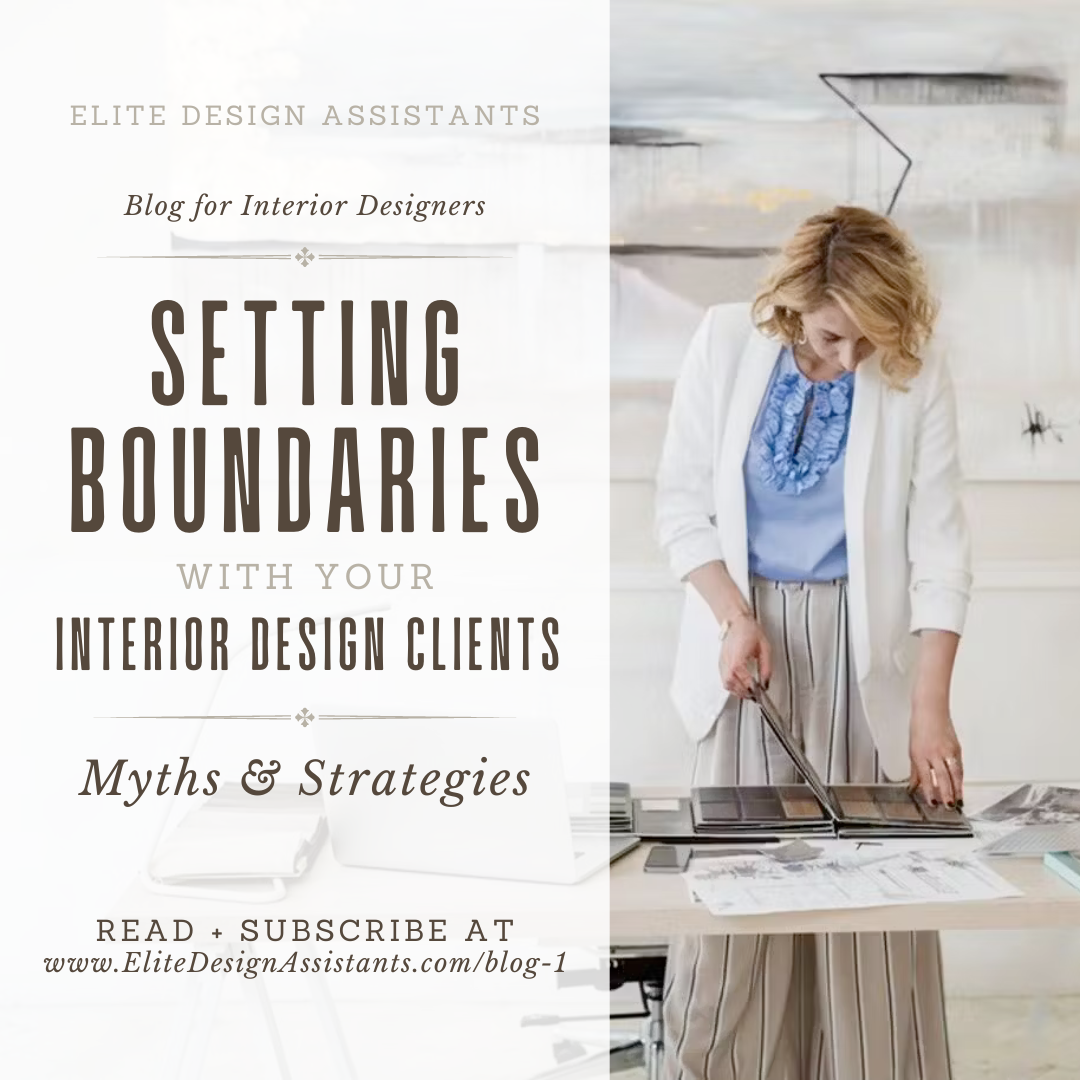5 Common Mistakes Interior Designer Make and How to Bounce Back From Them
/Like any creative profession, the interior design business comes with a learning curve where trip-ups are just part of the journey. The truth is that so many designers have been there, so the important thing is to learn from our missteps, bounce back, and avoid them in the future. If you’ve found yourself stumbling through some of these, don’t worry! Here’s how to rebound from five typical interior design mistakes and set your practice up for smoother sailing.
1. Cutting into Your Earnings to Maximize Client’s Budget
Mistake: It can be tempting to lower your fees or choose cheaper solutions to stretch the client’s budget further, potentially at your own expense.
Bounce Back: You may be able to fairly mark up other lower ticket items at a higher percentage while remaining true to the agreed budget to compensate a bit. And if it’s the client who keeps pushing boundaries, it might be time to sit down and revisit the budget and scope together. If you’ve already taken a hit on a project, chalk it up to experience. Next time, factor in your desired markup right from the start, so you know the real budget you have to work with for client costs–and stick to it!
2. Skimping on Quality
Mistake: Trying to save some pennies by choosing less expensive materials or furniture can end up disappointing your clients — and they might need replacements sooner than expected.
Bounce Back: Take the time to chat with your clients about the value of paying a bit more for quality that lasts and looks fantastic long-term. It’s all about helping them understand that an investment now can save headaches later. Plus, setting a minimum quality standard for your projects will help you always source from reliable suppliers.
3. Not Tracking Your Time
Mistake: If you’re not keeping an eye on how many hours you’re pouring into a project, you might end up undercharging and overworking.
Bounce Back: It’s never too late to start! Begin tracking your time now, even if it’s midway through a project. Begin with the basics, logging hours per project. As you get the hang of it, break your time down by task within each project. This not only helps with accurate billing but also gives you invaluable insights into managing your time more effectively.
4. Having a Short, Vague Contract
Mistake: A contract that’s too brief can leave too much up in the air, leading to miscommunications and project scope creeping out of control.
Bounce Back: If you’re mid-project and things are getting muddled, try clarifying terms now — many clients appreciate the initiative. For future projects, team up with a legal expert to craft a contract that covers all the bases clearly and comprehensively. This will keep both you and your client on the same page from the get-go.
5. Starting and Stopping Too Many Initiatives
Mistake: You’re trying to stay up to date with industry trends. But frequently changing business strategies or marketing efforts can result in wasted resources.
Bounce Back: Take a step back and evaluate what’s worked and what hasn’t. Stick to one or two new strategies at a time and give them a chance to work before you tweak them. Crafting a solid, long-term business strategy and committing to it will help ensure your efforts are cohesive and impactful. Give each new marketing or business initiative enough time to show results.
Remember, each hiccup is a stepping stone to becoming a better designer, and things are only looking up from here. Keep up the fantastic work—you’ve totally got this!
xx, Danae



